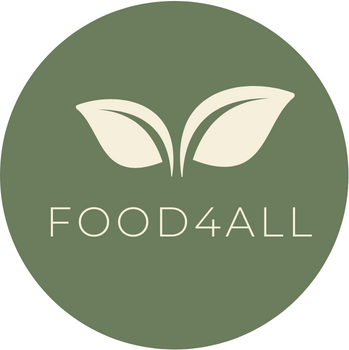The phrase “perfect storm” has been used to describe the future coincidence of food, water and energy insecurity (Godfray et al., 2009). The food component of the coming storm is unavoidably global. Through globalized food markets, countries are highly interdependent on each other for their food supplies and the impacts of future food insecurity will spill across national borders (Davies et al., 2009). Driven by population increases, economic growth and changes in dietary patterns, the FAO’s modelling scenarios for 2050 predicted that demand for food and agricultural products will increase by 1.1 percent per year, a 60 percent increase from 2005-07. This includes a 76 percent increase in demand for meat, which has a high environmental footprint (Alexandratos and Bruinsma, 2012). The challenge of assuring future food security is compounded by a growing demand for biofuels and agri-voltaic energy production (occupying land that could be used to grow human edible food), increasing water and land scarcity, and slowing increases in agricultural productivity. To meet future food security demands, the orthodox solution is to increase yields by further intensifying agricultural production. However, industrialized agriculture is already associated with a series of negative environmental impacts. High external input agricultural systems cause significant environmental impacts on soil quality and erosion, air and water pollution, eutrophication, pesticide impacts and destruction of biodiversity. Moreover, through nitrous oxide (N2O) and methane (CH4) emissions, agriculture is a major contributor to climate change (IPCC, 2014). UN Food and Agriculture Organization (FAO) annual State of Food and Agriculture 2023 report found that expected hidden costs of food and agriculture in 2020 were USD $12.7 trillion — nearly 10% of global GDP. Our current patterns of production and consumption are placing increasing strain on natural resources. The Global Footprint Network estimates that it would take the equivalent biocapacity of 1.5 planets to match humanity’s current ecological footprint (GFN, 2012). Living in ecological deficit is only possible in the short-term because we are depleting the finite stocks of Earth’s natural capital. This ecological overshoot will affect future generations who face a permanent reduction in welfare and constrained options to deal with environmental problems. In the long-term, ecological overshoot increases the risk of environmental catastrophe. Continuing with business as usual will continue to degrade the environment and undermines the natural resource base that all agricultural production depends on, as well as livelihoods. The following section gathers the scientific data on agroecological systems to demonstrate that these can be a viable alternative for efficient and resilient food systems that can contribute to food security and promote sustainability.
Definitions on Agroecology
0/1
A perfect storm on the horizon: inter-related global crises
0/1
Performance of different agroecological management options
0/1
Conservation agriculture
0/1
Mixed rice-fish systems
0/1
Mixed crop-livestock systems
0/1
Organic agriculture
0/1
Agroforestry systems
0/1
Permaculture
0/1
Environmental Initiative
0/2
References
0/1
Annex
0/2
About Lesson
